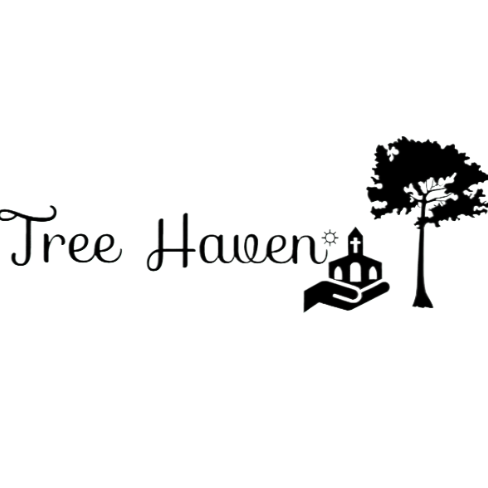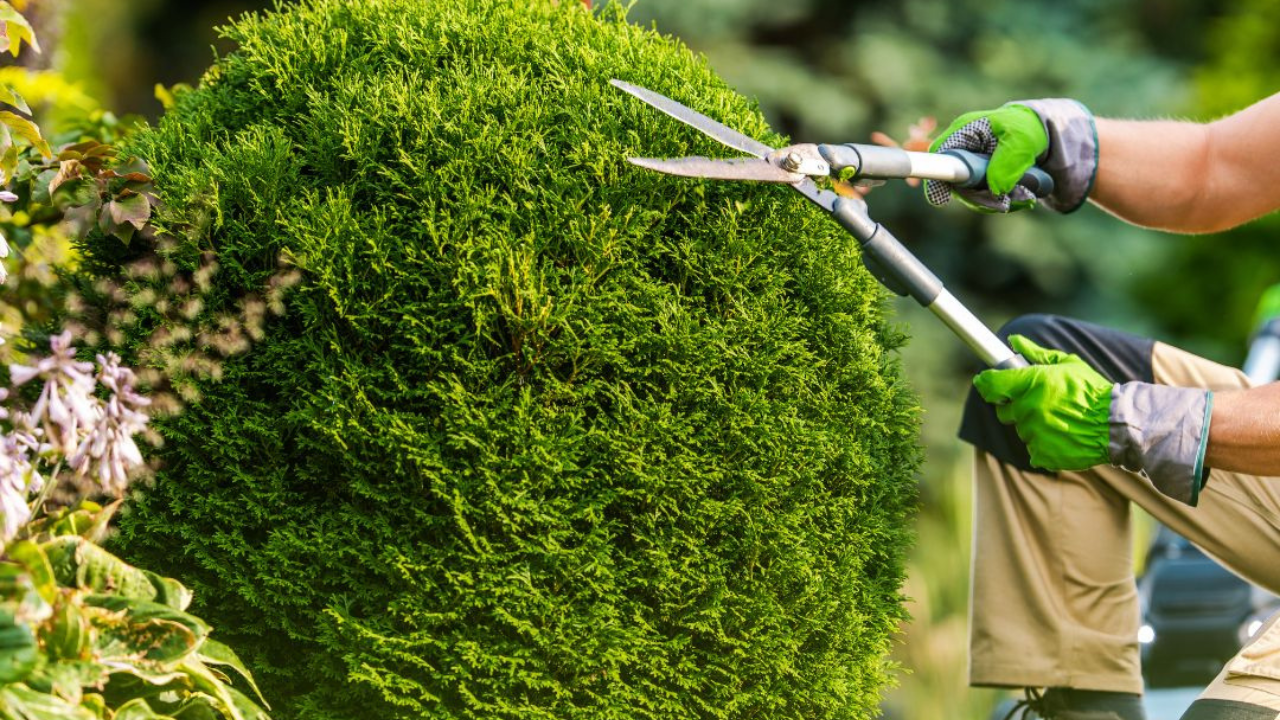Tree trimming is both an art and a necessity—whether you’re maintaining a woodland campsite, enhancing a forest trail, or simply keeping your backyard safe. But beneath the rustling leaves and sturdy trunks lies a task fraught with risks: falling branches, power lines, and sharp tools demand respect. As of March 27, 2025, with spring budding and seasonal woodland activities ramping up, it’s the perfect time to revisit tree trimming safety guidelines. This article blends practical tips with the joys of forests, connecting safety to camping, fitness, conservation, photography, and exploration. Whether you’re a novice with a pruning saw or a seasoned arborist, here’s what you need to know to trim trees safely and savor the woodlands responsibly.
A Blog-Style Introduction: Pruning with Purpose
Picture yourself in a woodland clearing, the scent of sap in the air, a pair of shears in hand. Tree trimming isn’t just about aesthetics—it’s about health, safety, and harmony with nature. Done right, it clears trails for campers, boosts forest vitality, and frames that perfect nature photo. Done wrong, it can lead to injury or ecosystem harm. In 2023 alone, the U.S. Consumer Product Safety Commission reported over 11,000 injuries from tree-trimming accidents, many preventable with proper know-how. As we dive into these guidelines, we’ll tie safety to the woodland experiences we cherish, ensuring every cut enhances both our lives and the forest’s future.
Forest Conservation: Trimming for Ecosystem Health
Tree trimming intersects with forest conservation by promoting tree vigor and reducing hazards—key to thriving woodlands. Overgrown branches can choke young saplings or harbor pests like the emerald ash borer, which devastated 30 million ash trees in the U.S. by 2020. Safety starts with intent: trim only what’s necessary—dead, diseased, or crossing branches—to maintain canopy balance. The Arbor Day Foundation advises cutting no more than 25% of a tree’s foliage annually to avoid stress.
Use clean, sharp tools—pruning shears for small branches, loppers for medium ones, and saws for thicker limbs—to prevent tearing bark, which invites infection. Always cut outside the branch collar (the swollen area near the trunk) to aid healing. In conservation-focused areas, like the UK’s New Forest, spring 2025 trimming clears paths while preserving nesting habitats—a reminder that safe practices protect both you and the ecosystem you’re stewarding.
Camping in Woodlands: Clearing Safe Spaces
For campers, tree trimming ensures woodlands remain welcoming and hazard-free. A dangling branch over a tent site is a recipe for disaster—wind or rot could send it crashing down. Before setting up in places like Washington’s Olympic National Forest, scan for “widowmakers”—dead limbs poised to fall. Safety guideline #1: never camp under unstable trees. If trimming is needed, wear a hard hat and gloves, and use a pole pruner to reach high branches from the ground, avoiding ladders in uneven terrain.
Guideline #2: keep a 10-foot “drop zone” clear around the tree—double the branch length—to dodge falling debris. In 2025, with camping surging 15% post-pandemic, sites like Michigan’s Manistee National Forest encourage visitors to report hazardous trees to rangers, who trim safely with chainsaws. Your role? Trim low risks, leave big jobs to pros, and enjoy a campfire under a secure canopy.
Fitness & Wellness: Staying Safe While Staying Active
Tree trimming is a workout—lifting tools, climbing, and hauling branches builds strength—but it’s no gym session without risks. Fitness and wellness hinge on safety: overexertion caused 20% of trimming injuries in 2024, per the Occupational Safety and Health Administration (OSHA). Guideline #3: pace yourself. Limit sessions to 2–3 hours, hydrate often, and stretch to avoid cramps—think lunges for legs, arm circles for shoulders.
Protect your body with gear: steel-toe boots, safety glasses, and ear protection if using power tools (chainsaws hit 110 decibels). A 2025 study from Medicine & Science in Sports & Exercise found tree trimmers burn 300–500 calories hourly—great for fitness, but only if you avoid mishaps. Guideline #4: lift branches with your legs, not your back, and never trim alone—wellness thrives on teamwork and caution.
Nature Photography: Framing Shots, Not Risks
Tree trimming enhances nature photography by clearing sightlines and spotlighting subjects—think a sunlit oak or a bird’s nest. But a shaky ladder or rogue branch can ruin more than your shot. Guideline #5: assess power lines. The National Safety Council notes 200 electrocutions yearly from tree work near wires—stay 10 feet away and call professionals if branches touch lines.
For ground-level trimming, use loppers to shape shrubs like elderberry (Sambucus nigra), a photogenic favorite, without climbing. In spring 2025, photographers in California’s Yosemite trim low branches to frame Half Dome, wearing gloves to dodge sap and thorns. Guideline #6: secure tools—dropping a saw mid-shot risks injury and scares wildlife. Safe trimming means better photos and a forest left intact.
Seasonal Woodland Activities: Timing Your Cuts
Seasonal woodland activities—hiking, foraging, skiing—rely on well-maintained trees, and timing your trimming is a safety must. Spring 2025, with sap rising, is ideal for pruning deadwood, as trees heal faster. Guideline #7: avoid wet seasons—rain-slick bark and muddy ground triple slip risks. The Royal Horticultural Society warns against summer cuts on flowering trees like cherries, which bleed sap and attract pests.
Winter trimming suits dormant trees—say, maples for syrup season—but ice adds hazards. Guideline #8: check weather forecasts; winds over 20 mph can turn branches into projectiles. In Vermont’s Green Mountains, 2025’s maple-tapping prep includes light trimming, timed pre-thaw for safety and tree health—aligning seasonal fun with smart cuts.
Tree & Plant Identification: Know Before You Cut
Tree and plant identification is safety’s first step—trimming the wrong species or part can harm you and the forest. A silver birch (Betula pendula) with peeling bark tolerates light pruning, while a yew (Taxus baccata), toxic to touch, demands gloves. Guideline #9: learn your trees. Apps like PlantSnap, updated for 2025, ID species via leaf photos—crucial before wielding shears.
Missteps hurt: cutting a live oak branch in Texas’s Big Bend might drop a 50-pound limb, while pruning a sappy pine risks sticky burns. Guideline #10: study growth patterns—trim above outward-facing buds to direct growth safely. In Oregon’s 2025 workshops, arborists teach ID basics—lobed oak leaves, needle clusters—ensuring every cut respects the tree’s nature.
Wildlife Spotting: Trimming Without Disturbing
Forests hum with wildlife—owls, squirrels, deer—and trimming can disrupt their homes. Guideline #11: check for nests. The U.S. Fish and Wildlife Service fines up to $15,000 for disturbing protected species like bald eagles during nesting season (January–July). In spring 2025, pause trimming if you spot a robin’s nest in a hazel (Corylus avellana)—wait until fledglings leave.
Guideline #12: minimize noise—hand tools over chainsaws near habitats preserve peace for spotting foxes or woodpeckers. In Canada’s Algonquin Park, trimmers in 2025 use quiet loppers near wolf dens, balancing safety with wildlife coexistence. Trim thoughtfully, and you’ll still catch that elusive owl hoot at dusk.
Woodland Exploration: Safe Paths, Sound Trees
Woodland exploration thrives on clear trails, but trimming for access requires caution. Guideline #13: avoid overreaching—use extendable pole saws (up to 15 feet) rather than climbing, as falls account for 30% of trimming injuries, per OSHA. In Scotland’s Cairngorms, 2025 explorers trim brambles along paths, wearing Kevlar gloves to fend off thorns.
Guideline #14: dispose of debris—piles attract pests or block trails, risking trips. Burn small branches (where legal) or chip them for mulch, as seen in Colorado’s 2025 trail crews. Safe trimming opens forests to wanderers—think a newly cleared ridge revealing a panoramic view—without compromising the journey.
Additional Safety Essentials: Tools and Training
Beyond categories, core safety hinges on tools and know-how. Guideline #15: maintain equipment—dull blades tear wood, increasing kickback risks with chainsaws (12,000 injuries yearly, per CPSC). Sharpen annually and disinfect with alcohol to prevent disease spread. Guideline #16: train up—beginners should take a course, like those offered by the International Society of Arboriculture in 2025, covering knots, cuts, and first aid.
Power tools amplify danger—chainsaws need chaps (cut-resistant pants) and a kill switch. Guideline #17: respect limits—hire pros for trees over 20 feet or near structures. In suburban woodlands like New Jersey’s Watchung Reservation, 2025 sees homeowners partnering with arborists, blending DIY with expertise.
Conclusion: Trim Safely, Thrive in the Woods
Tree trimming safety isn’t a chore—it’s a gateway to richer woodland experiences. From conserving forests and camping under secure boughs to boosting fitness and framing photos, these guidelines protect you and the ecosystems you love. As spring 2025 unfolds, each careful cut clears hazards, nurtures trees, and invites exploration—whether spotting a deer or skiing a freshly opened trail.
So, grab your shears, don your gear, and step into the forest with confidence. Trimming safely isn’t just about avoiding falls—it’s about ensuring woodlands remain vibrant for every hike, photo, and quiet moment. Know your trees, respect your limits, and let safety prune the way to a thriving natural world.

